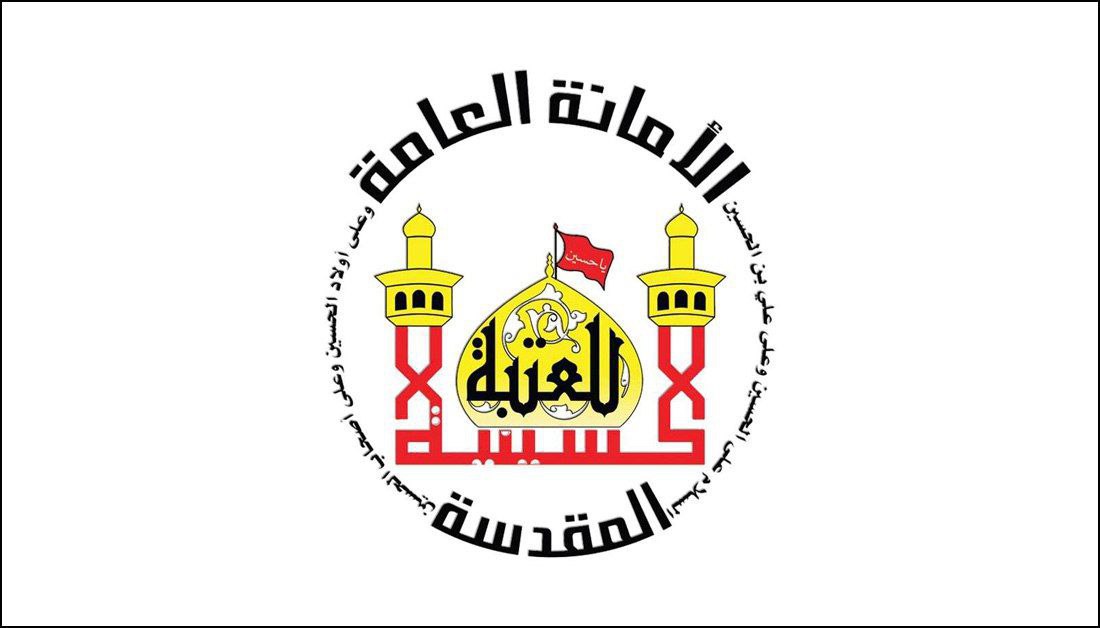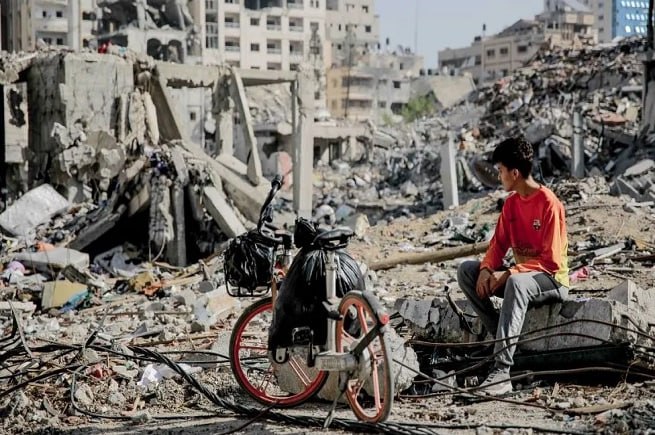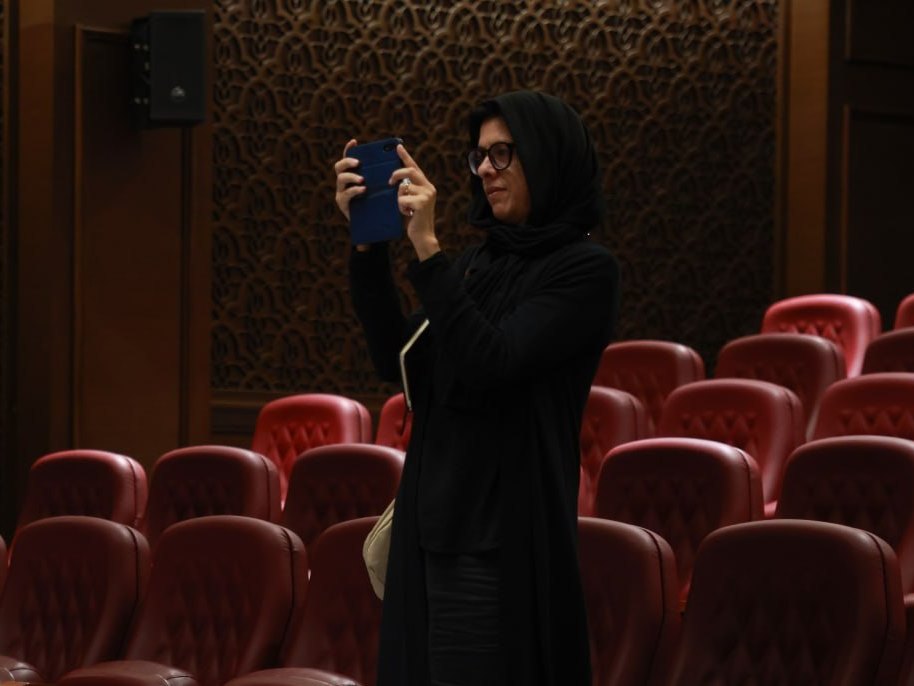Conservation and Restoration Manuscript Centre at Karbala
The administration of Imam Hussain Holy shrine has ordered the establishment of a centre to conserve manuscripts, ancient documents and books in order to store manuscripts in the holy shrine.
Scientific and Cultural Heritage
The head of the centre Mr. Munaf al-Tamemi said “The manuscripts represent important scientific and cultural heritage. These works include subjects such asastronomy, maths, medicine, sciences, religious affairs and other subjects which have served humanity andwere preserved on paper by scholars of bygone generations”.
Adding “We able to know about the past and historical events through the documented sciences of the past generations as recoded by them in these manuscripts”.
“ TheCentre has not been able to so far gather the entire collection of manuscripts and documents, which numbered in their thousands prior to their loot due to the policy of the past regime. Prior to 2003 Imam Hussain Holy shrine held approximately 700 manuscripts and most of them were copies of Holy Quran. Recentlythe Imam Hussain Holy shrine began to acquire some of these manuscripts, together with donated manuscripts so farthe shrine has assembled about 5400 manuscripts” al-Tamemi said.
It’s worth mentioning to that before the invention of woodlblock printing in China or by moveable type in a printing press in Europe, all written documents had to be both produced and reproduced by hand. Historically, manuscripts were produced in form of scrolls or books. Manuscripts were produced on vellum and other parchments, on papyrus, and on paper. In Russia birch bark documents as old as from the 11th century have survived. In India, the palm leaf manuscript, with a distinctive long rectangular shape, was used from ancient times until the 19th century. Paper spread from China via the Islamic world to Europe by the 14th century, and by the late 15th century had largely replaced parchment.
When Greek or Latin works were published, numerous professional copies were made simultaneously by scribes in a scriptorium, each making a single copy from an original text that was declaimed aloud.
“ The working in the Centre looks likea hospital because we are working on diagnosing the damage and finding ways of conservation and restoration” al-Tamemi states.
The Centre follows the scientific methods to restore the documents and the staff of the Centre tookpart in many workshops and trainings in theCzech Republic.
Al-Tamemi further explained that “The Centre is working on issuing a detailed index for the manuscripts. The index will include parts of the Holy Quran. It will contain a thorough study on the development of the scripts of the Holy Quran,and development of illuminated Qur’an manuscripts since the first to the fourteenth century A.H.”
An illuminated manuscript is a manuscript in which the text is supplemented with such decoration as initials, borders (marginalia) and miniature illustrations. In the strictest definition, the term refers only to manuscripts decorated with gold or silver; but in both common usage and modern scholarship, the term refers to any decorated or illustrated manuscript in Western traditions.
The way of restoration lab analysis
Ahmad Zaghaeer, Head of lab at the Centre, said “The manuscripts undergo accurate testing which makes the path of restoration clear. The experts add a special material and check the PH as well as the paper fibres whether they are made of cotton or silk.”
Zaghaeer added that the Centre has cooperation with the university of Karbala to record six types of fungus that affect manuscripts, as well taking part in the third scientific conference in Malaysia.
Mr Firas al-Asadi, an expert of restoration, refers to the two ways of restoring manuscripts, the wet way which is known as the paper paste way, and the dry way, known as the Japanese paper.
Al-Asadi explained that the experts follow the scientific methods to conserve the manuscripts which are in accordance with global specifications, ones followed by international universities.




